Burrito films
Cinematographer
Director
Video
Generative AI
Animator
Producer
Photographer

The Value of Perseverance
Geoff Leavitt: I was always the creative type. The drawing was more entertaining than television. When I was in high school, I fell in love with architecture and creature effects. I was passionate about both, so I did creature effects as a hobby and pursued a career in architecture. By the time I was a senior in college, creature effects won out and I never went back. Years later that evolved into concept design, previs, archviz, and visual effects.
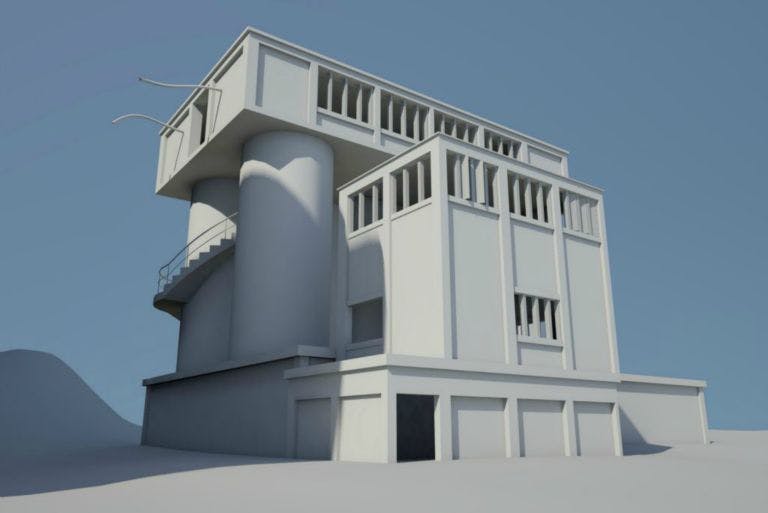
Geoff Leavitt: My creative process is dependent on what I am doing – work vs. personal. Either way, I always start by creating a mood board. I will look up images and ideas and pull those together in one place. From there, I will organize all my thoughts and ideas before turning to the concept ideation phase. It becomes more organic once I am there and can start fleshing out ideas.
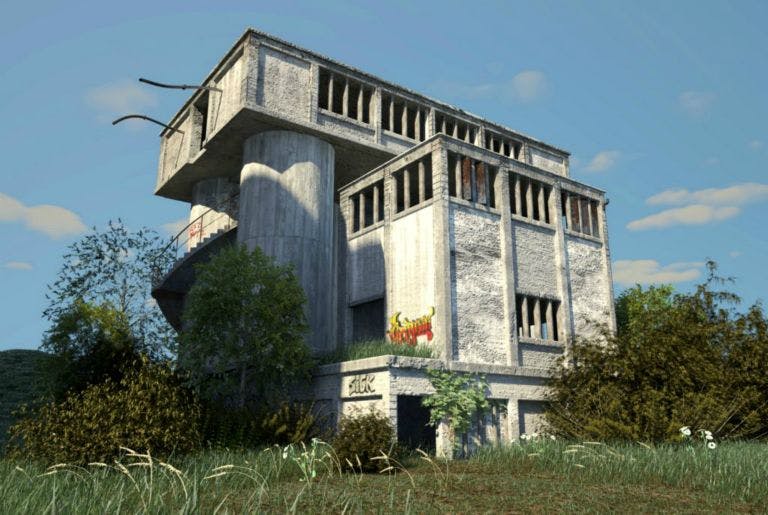
Geoff Leavitt: I have always loved the feel of graphics, architecture, and organic vs human-made. Graphic design was how I paid my bills. I worked for a major entertainment giant in my early career. The creative process became very mechanical to me and felt like work.
Having a background in creature effects design allowed me to start re-thinking what I wanted to do. It was in the late ’90s that I started to look ahead toward the digital mediums. I started learning 3D on an SGI and never looked back. This past decade has had me jumping in between graphic design and visual effects. I find that alternating keeps me fresh and prevents me from sinking into that “trapped” feeling. I have found a great balance in both fields, which keeps me motivated and excited to go and work on projects every day.
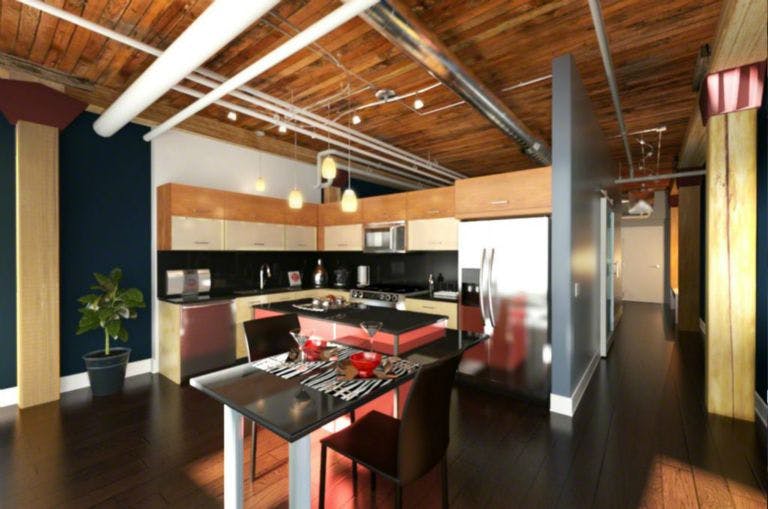
Geoff: I have a style. I try to put a little of my personality into everything I do; it could be a color choice or even a composition choice. Every project is different.
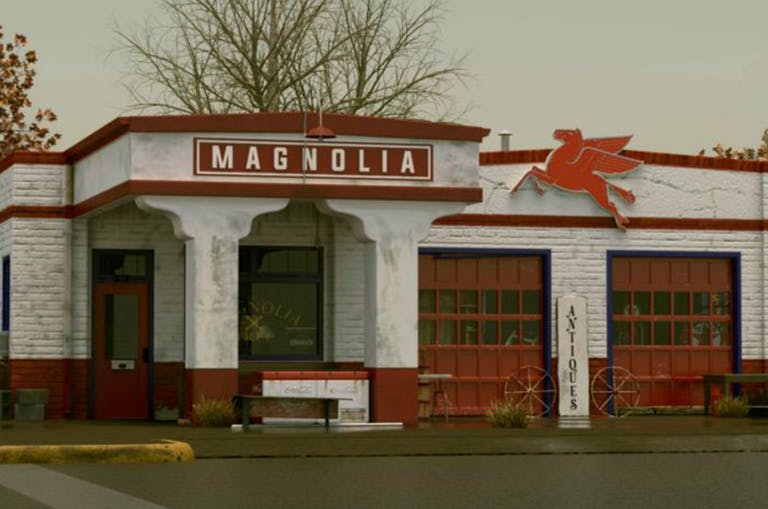
Geoff: The most challenging project I have ever worked on was 2 seasons of a TV series. It kept evolving yet, at the same time, became less creative and more mechanical with the tone of the show. It was something that started amazing with talented writers and then became a product that the studio wanted to mass-produce.
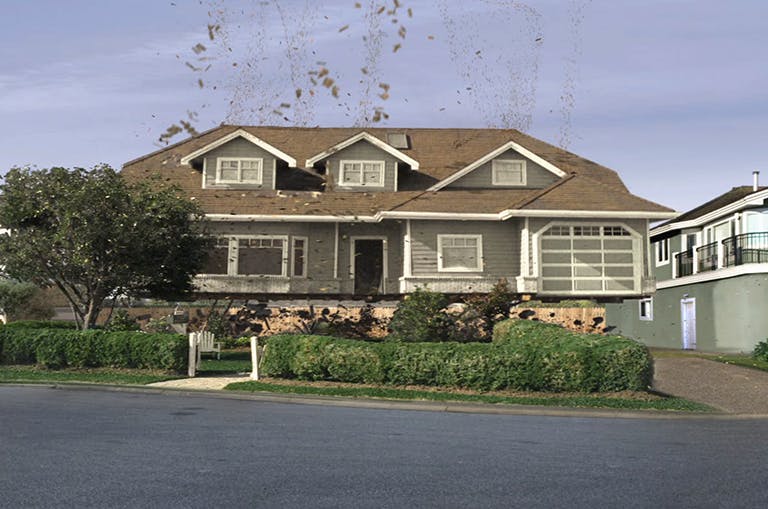
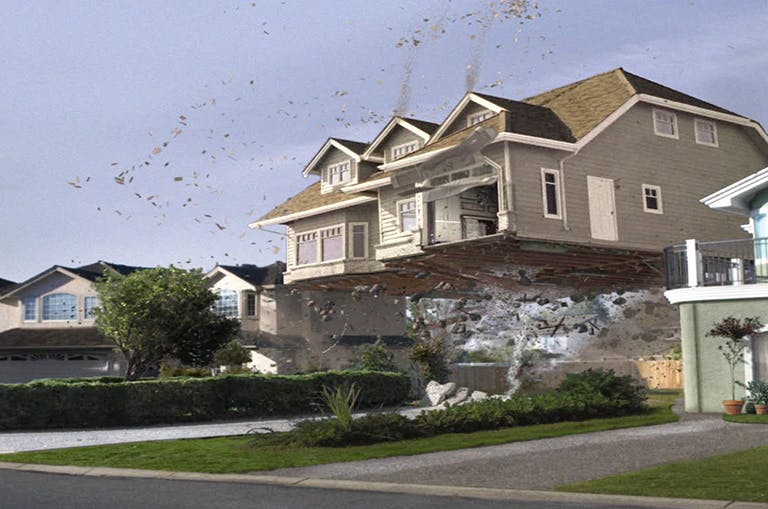
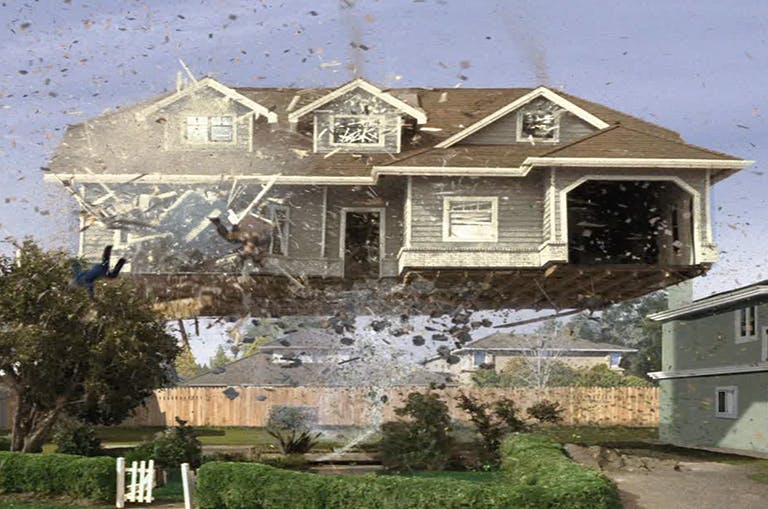
Geoff: The project I am most proud of was working on CSI: Miami. The reason being was that the show wanted to take a chance on the crazy idea of bringing VFX in-house and having the ability to do more and spend less. We were the pioneers for several series that opted for in-house VFX departments.
“Working in the industry requires patience and perseverance”
Geoff Leavitt: I don’t think VFX has to be cost-prohibitive. The issue with the big-budget, VFX extravaganzas is that the bigger VFX houses start to package fringes and hidden costs into all of their VFX shots. This causes the cost of VFX to balloon and become out of reach for a lot of independent filmmakers.
I had a VFX studio, several years ago, that catered to the indie market. Where I was able to scan up and down based on workflow. I never added any fringes to the budgets; never charged for render times or the cost of my rent and the likes. There are ways of working smarter and being creative with VFX shot decisions that can help with costs and give independent filmmakers the same advantages that the big studios have.
Geoff Leavitt: Lately, I have been focusing more attention on procedural modeling and connecting. I have been using Houdini and Unreal Engine to help develop a more efficient workflow for creating concepts and previous work. This can help out a lot of different industries with quick iterations and turn around.
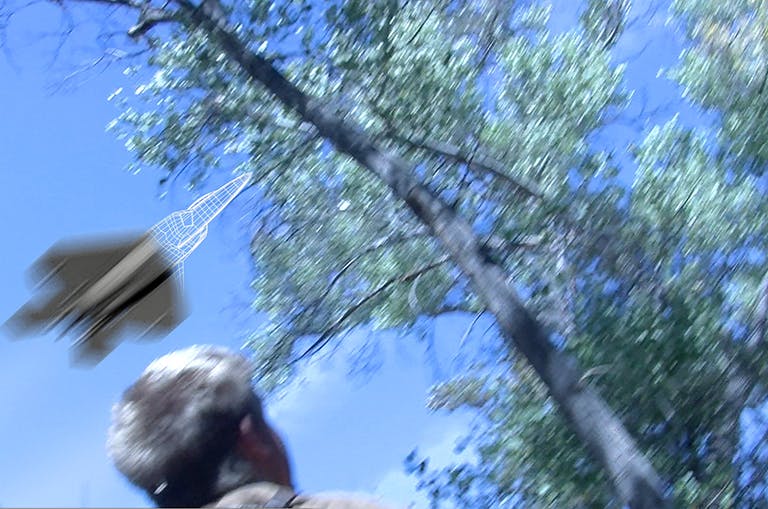
Geoff Leavitt: Don’t get discouraged. Working in the industry requires patience and perseverance. Every person you meet can potentially introduce you to your next big job. Relationships in this business need to be treated like a seed, so you plant them; nurture them and one day they will turn into a strong, fruit-bearing partnership. Always stay focused on what it is you want. Criticism is the best motivator and will help you become a better creative professional.